Self-knowledge gives you the tools to educate a partner so they better understand your body, its workings and its pleasure.

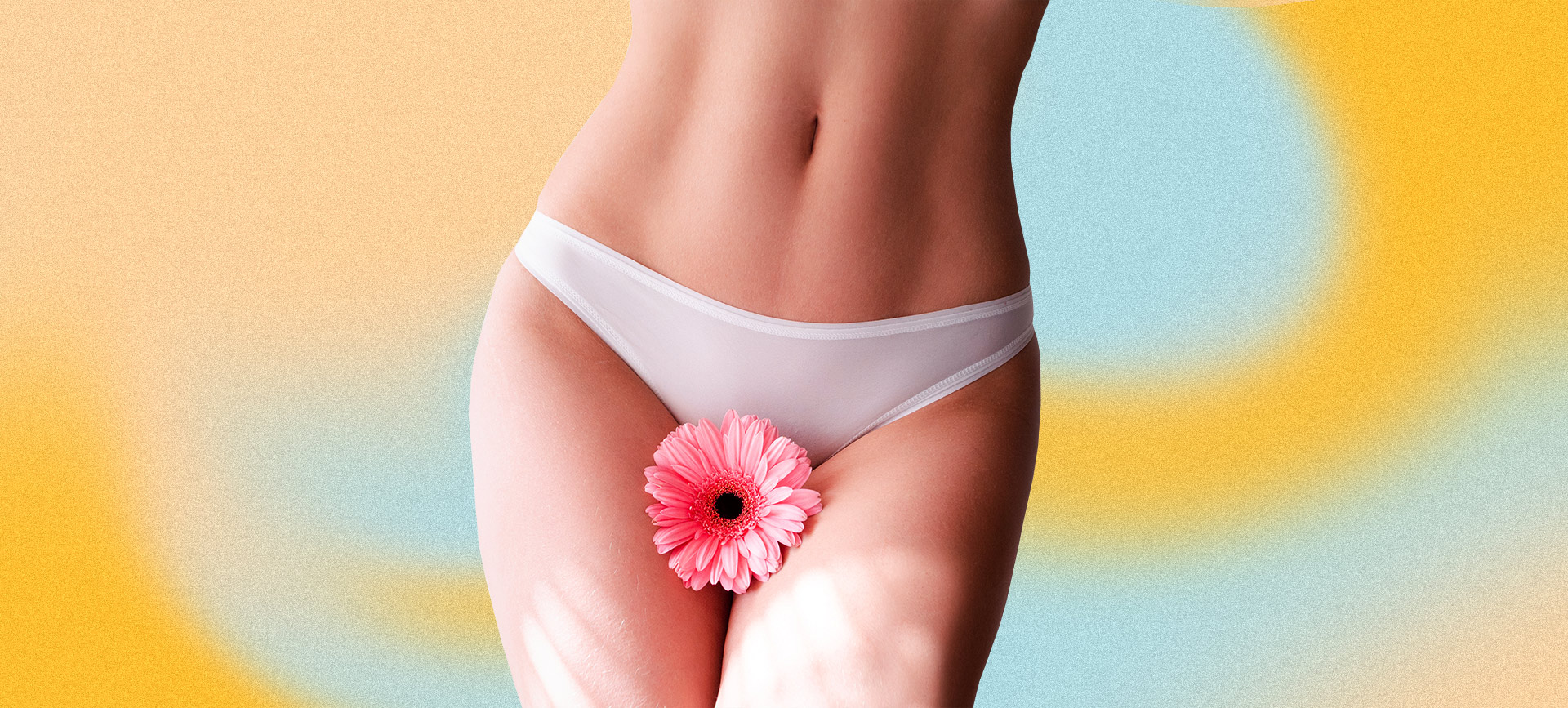
Anatomy of the Vagina: An Owner's Manual
Welcome, vagina owners, to a guide through the anatomy of a vagina. Sure, you were taught basic reproductive anatomy back in 7th-grade sex ed, but do you really understand the ins and outs of your own body?
Knowing the relationship between each anatomical structure can improve your understanding of vaginal health, and can maximize your chances of achieving orgasm. Self-knowledge also gives you the tools to educate a partner so they better understand your body, its workings and its pleasure.
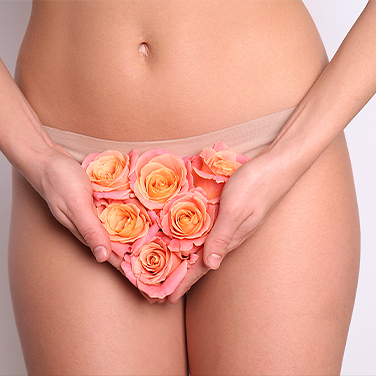

We'll begin with what we can see. Vagina is the wrong word many people use when they refer to a woman's outer female genitals. In reality, we're talking about the vulva, which includes the labia majora and minora, clitoris, urethral and vaginal opening. Its function is to protect the sexual organs, and it plays a key role in the sexual response that occurs when you get turned on. The mons pubis is the inverted triangular fatty pad of tissue that protects your pubic bone. After puberty, it's covered in hair, which you may opt to shave, grow naturally or groom into styles like the triangle or landing strip.
The clitoris plays a crucial role in orgasm for a majority of women.

Now, we won't be surprised if a lot of women may consider this the most important section of this vaginal anatomy lesson. That's because the clitoris, with more than 15,000 nerve endings, plays a crucial role in orgasm for the majority of women. Externally, the clitoris is small, pea-sized and fleshy, and sits just below the clitoral hood, where the labia majora meet. This is the female stimulation moneymaker—fingers, tongues and toys can arouse the clitoris and rock its world. Options for exciting the clit don't stop there—it can also be accessed internally through the vagina, leading to a plethora of letter-named orgasms you've probably heard about (G, O and A spots). If you've been having trouble getting off, solo or with a partner, try paying extra attention to your friend, the clitoris—if you're nice to it, it'll return the favor.

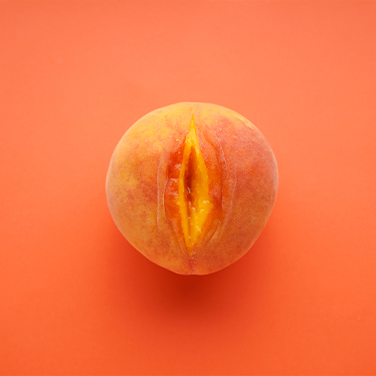
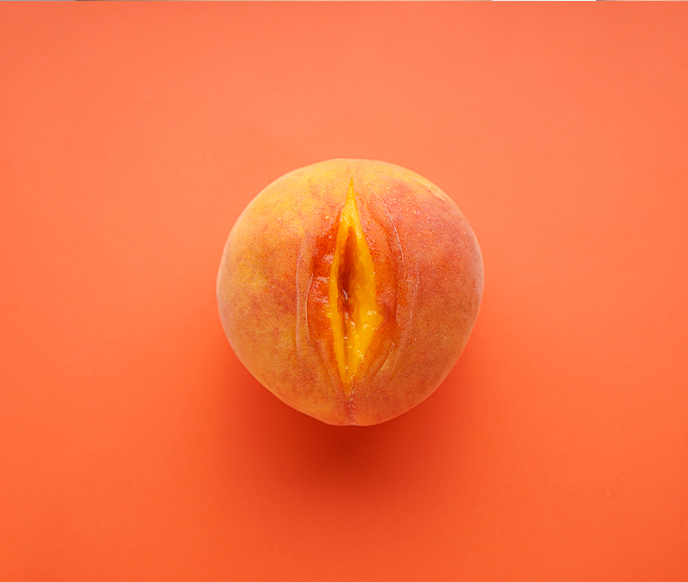
The labia majora, or outer lips, form the primary visible part of the vulva and protect the external genital organs. They meet at the clitoris, just below the mons pubis, and extend back to the perineum. They're covered by hair after puberty and have sebaceous glands that produce secretions. The labia minora, or inner lips, surround the vaginal and urethral openings. Yours may be fully covered by the labia majora, or may extend below them—every woman is different. The labia can be larger or smaller, wrinkled or smooth, paler or darker, symmetrical or (more often) not. All sizes and shapes are normal.
The labia can be large or small, wrinkled or smooth, pale or dark, symmetrical or (more often) not.
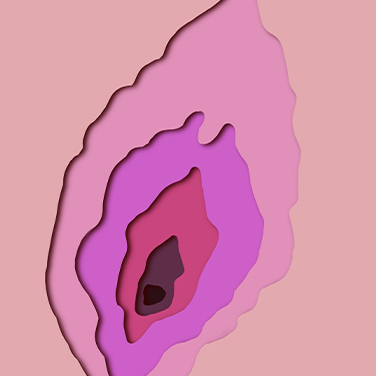
The hole you pee out of, your urethral opening, is just in front of the vaginal opening. Bacteria in the surrounding areas can enter into the urethra and cause a urinary tract infection (UTI). If you've had one before, you're in the majority—because of their biology, women are more prone than men, due to a shorter urethra that allows bacteria to easily reach the bladder.
Just as it sounds, the vaginal opening connects the vaginal canal, or vagina, to the outer world. It's the passage for vaginal discharge and menstrual blood, and the canal through which babies enter the world. It's also the enticing sensual space that can be penetrated by fingers, penises and sex toys. The perineum is the stretch of skin between the vaginal opening and anus (you've probably heard it called urban dictionary vernacular such as the taint). While often neglected during sex, the erogenous perineal sponge can be stimulated via the perineum, leading to PS-spot orgasms.
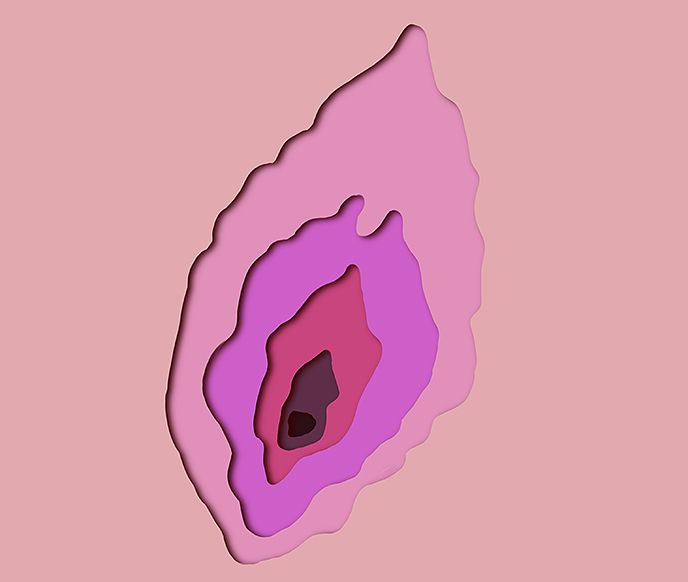
Due to a shorter urethra that allows bacteria to easily reach the bladder, women are more prone to UTIs than men.
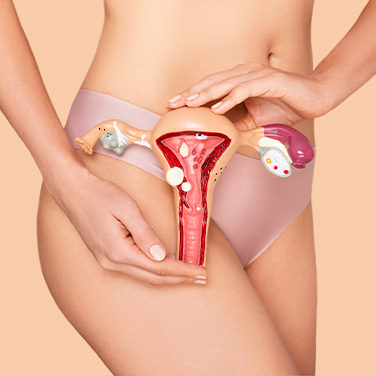
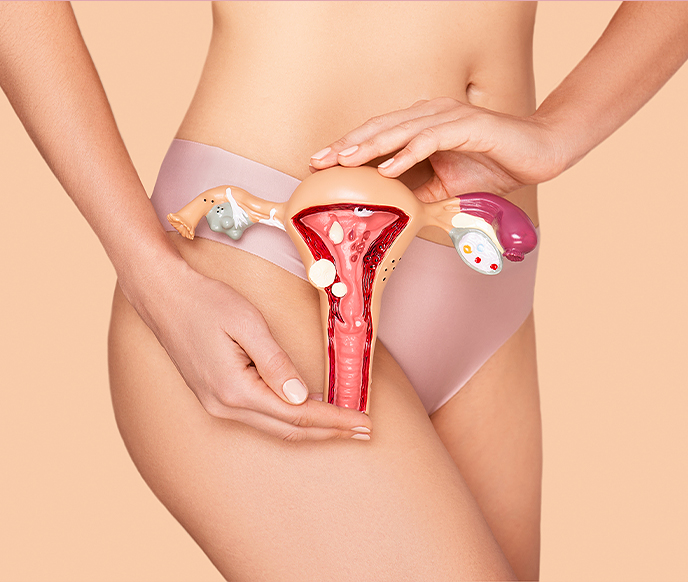
Let's move on to the reproductive organs. The primary female reproductive organs are the two ovaries, which produce the female hormones estrogen and progesterone, store ova (or eggs) and, once monthly, release an egg into the fallopian tube for possible fertilization. There is an ovary located on each side of the uterus. The fallopian tubes connect the ovaries to the uterus and act as the site of fertilization in conception. They're what is surgically blocked in a tubal ligation (a female sterilization procedure referred to as "getting your tubes tied"). The uterus, or womb, is the muscular organ in which a baby grows and develops during pregnancy. And if you're not pregnant, it's on the uterine walls that endometrial lining builds up each month before being shed during menstruation and expelled.
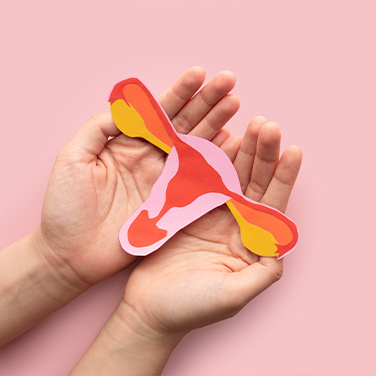
The cervix is the lower portion of the uterus, which connects it to the vagina and functions as a gatekeeper of sorts between the two. It helps keep harmful things out of the upper reproductive tract, and plays a key role in pregnancy, holding a growing baby in the uterus until it dilates to allow it to move through childbirth. It's your cervix that is checked for cervical cancer during your Pap smear (are you due for one?). And maybe you've heard of cervical orgasms—these can result from stimulation and deep pressure against the organ. Who knew the cervix could be so sexy?
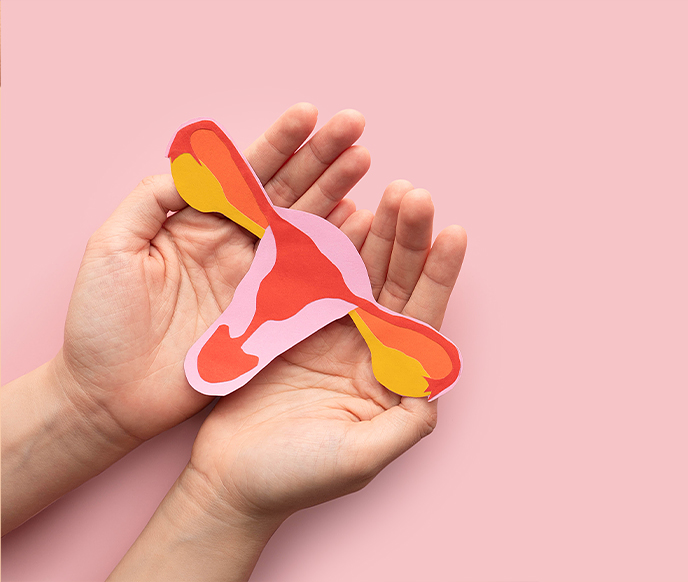
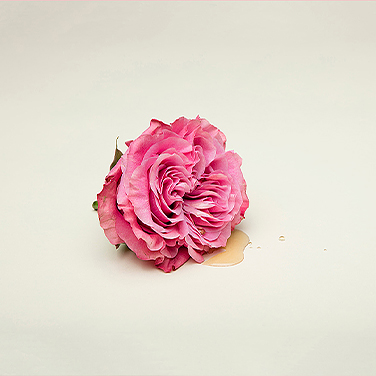
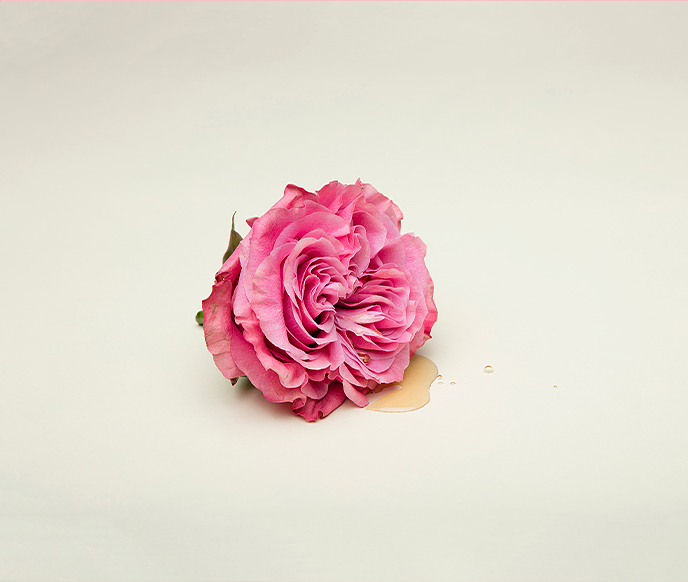
And finally, the vagina itself, the muscular canal that extends from the vaginal opening to the cervix. Your vagina is a miraculous organ: sensitive but resilient; elastic, but fluctuating significantly month to month and throughout the years. It withstands penetration and childbirth, and has many nerve endings that provide pleasure during sex, particularly on its front wall, which can lead to orgasm. The vagina plays a critical role when it comes to sex, and intercourse's potential result—childbearing. It's so important, its name is often (erroneously) used to refer to a woman's entire genitalia.
So, now that you've got the terminology and anatomy right, you can continue down the path of vaginal self-exploration, and instruct partners so they can get oriented, too. Enjoy your homework.
Your vagina is a miraculous organ.









